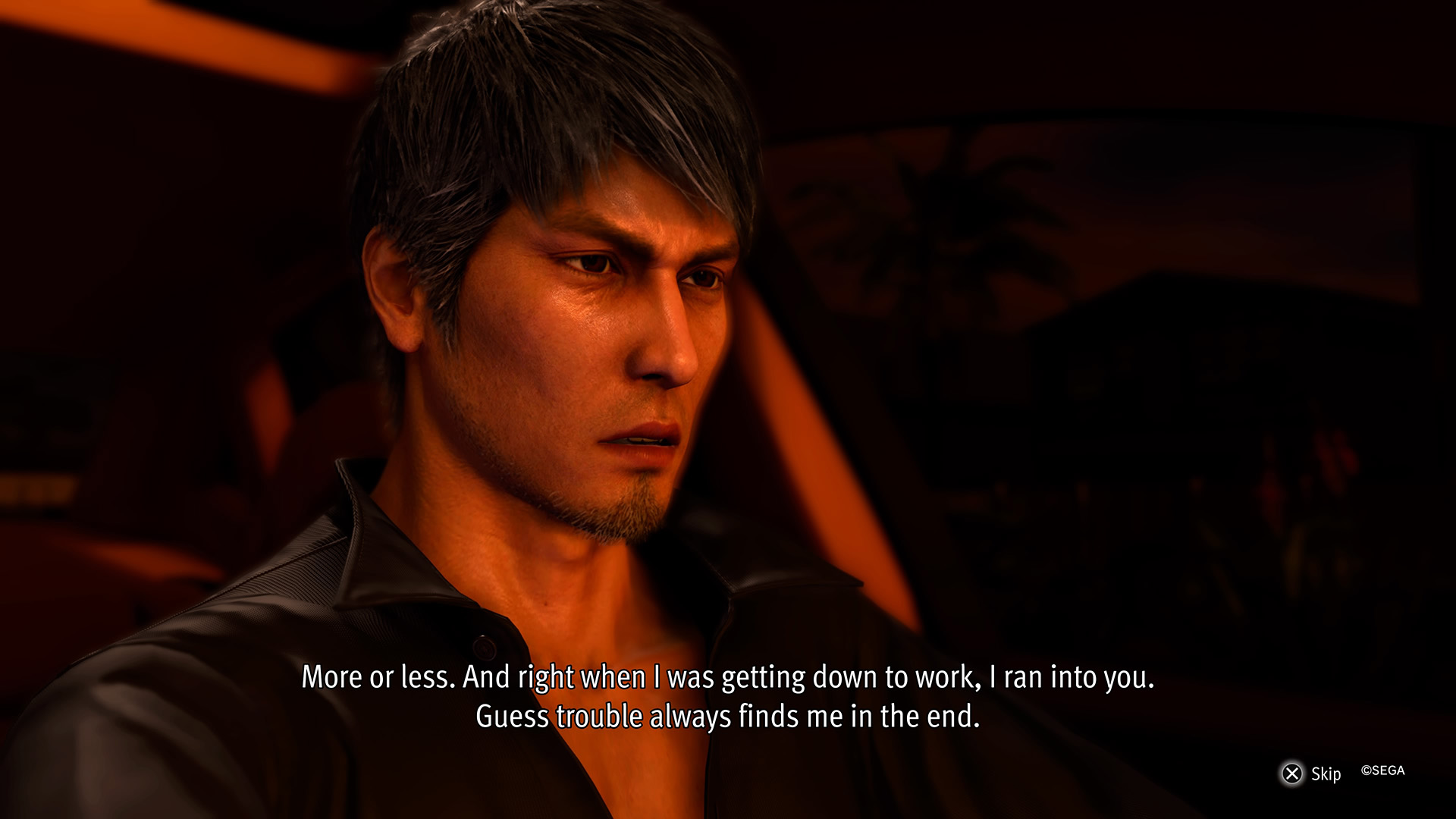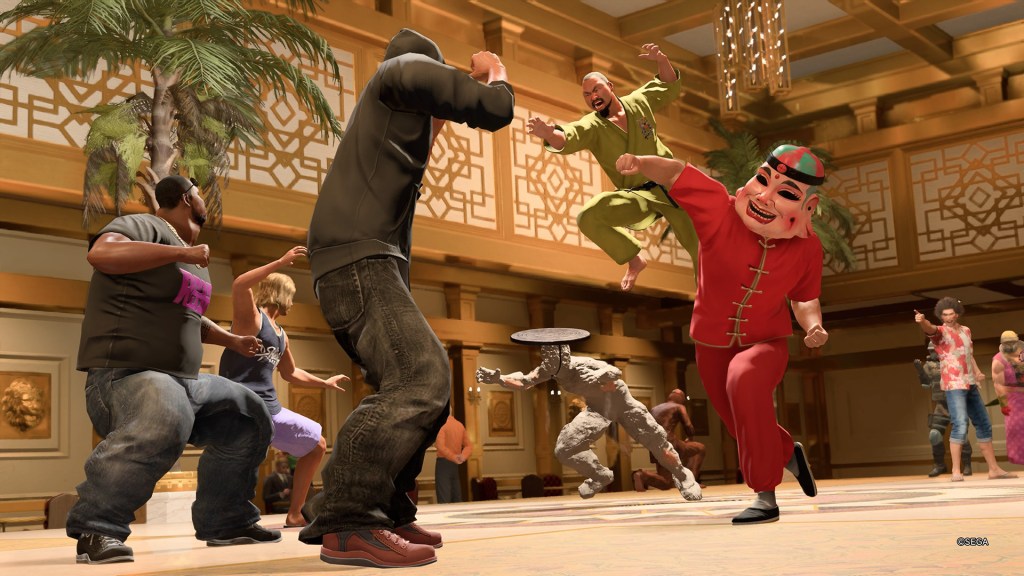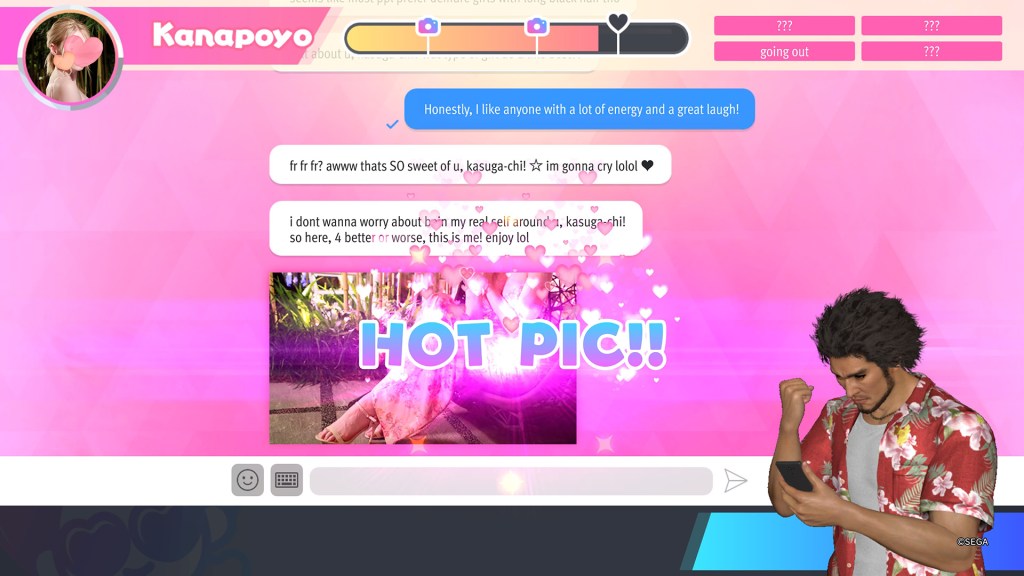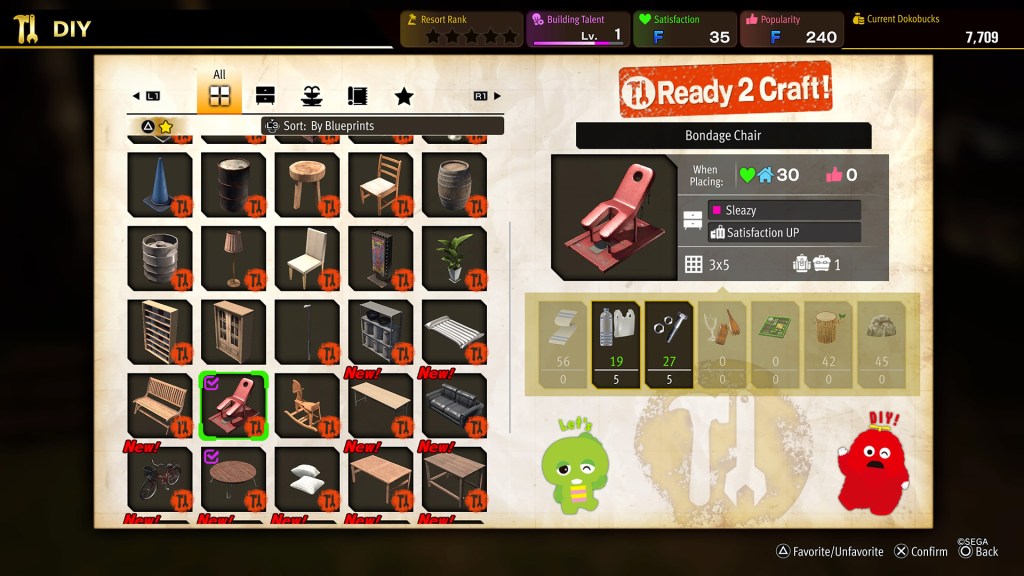![]()
Like a Dragon: Infinite Wealth, a game that SEO and general cultural awareness requires me to constantly remind you is the eighth main entry in the Yakuza series, follows Ichiban Kasuga as plot reasons send him to the bright environs of Hawaii. Infinite Wealth takes place in a wild fantasy version of our world, in which famous online personalities have a reputation for fact-checking and currencies have a reliable and consistent exchange rate. It follows the last game as a turn-based RPG, sticking with this new scheme as the future of the franchise.
There’s definitely a degree to which starting to play a new Like a Dragon game feels a lot like continuing to play the last one. You’re in the same worlds as the same characters, and previous minigames and personalities return whenever possible. The franchise is happy to continue with the level of world interaction and environmental design it established almost two decades ago. Boxes block stairwells, and lines of people or invisible walls funnel you to destinations. There's no significant effort to make the world feel more real. It is what it is.

And these aren’t necessarily bad things. Sure, we want a more immersive world, but these restrained ambitions mean all the effort goes into adding more things to do. And there’s truly a lot! The game, like ones before it, has a lot of half-baked systems and minigames mixed in, but the sheer quantity of things to do makes forgiving that a lot easier. The big advantage of throwing so much at the wall is that not everything needs to stick. The game has dozens of little mini games, and you’ll find a few engrossing and play the plot-mandated one round of the rest.
The “Sujimon” miscreant collecting scheme from the last game makes a return here, but with a lot more to it. This time, it's essentially a Pokemon Go parody, with trainers all around to fight and locations to visit for occasional free items. It's also built around triple battles. There are a few different systems here, but most of the time you'll move your attacker to the middle and hit the opposing party with splash damage from there.
Making this side game a little more useful is the “Sujimancer” class. Ichiban can summon one of each element for magical attacks, and the stronger they are, the higher the damage. This compelled us to dig a little deeper in the mode, equipping strong hooligans for the rest of the game.

Still, it’s nice to just wander around the streets. There’s even a dedicated button for waving at people this time around, and NPCs respond in kind. There's a “game” attached to this too, but it's incredibly minor and not nearly as important as just saying “what's up” to passersby.
It's good and helpful for both English and Japanese to be used by different characters. Generally the main characters get dubbed one way or the other depending on settings, and we guess that's largely unavoidable. Some characters on the Japanese track do speak English, but they're supposed to be fluent and they're not! That’s because they're using the same voice actor for both sides and they're cast for Japanese, so their English delivery is awkward at best. We know it might be hard to match the English actor enough for them to use those voices for those lines, but if done well, that'd be less immersion-breaking. And if it's feasible to do a third voice option with everyone speaking the language they should as often as possible? That'd be nice for those of us who'd want that. But it’s certainly not an enviable position, and the game manages better than most under the circumstances.
As always for the Yakuza and Like a Dragon titles, there’s a strange clash between the serious main narrative and the side adventures. It approaches story moments in a lot of different ways. Sometimes, they’re full pre-rendered animations. Occasionally there’s an action moment or two. In addition, Infinite Wealth presents many sequences in something close to a motion comic, fully voiced but with new still poses and angles every second or two. We’d feel less charitable about these if that was the only type of scene and it was done just to save development resources, but it feels like it’s deployed in specific moments and mostly when people are recounting their own past actions to another.

It does feel like Ichiban Kasuga as a character is built to help bridge this divide, though. He approaches serious moments with quirk, and quirky moments with earnest seriousness. This is most prominently shown here, as he adventures side-by-side with a late-stage Kiryu who’s a bit too reserved and competent for some hijinks and slip-ups.
But can we talk about the name change again? There’s even a whole segment in Infinite Wealth in which Ichiban, for marketing reasons, emphasizes calling himself yakuza. Someone involved in making the game seems to get the issue.
The biggest and most promoted side adventure in Infinite Wealth is Dondoko Island, a take on Animal Crossing that’s at times both send-up and homage. It’s substantial, too. It feels almost like a standalone application, with different menus, text treatments and action mechanics. It connects to the main game in a few ways, but we wouldn’t be surprised if it was developed separately and stitched together near the end.

In it, you rehabilitate an island resort, mostly through Ichiban hitting things with a bat until they dematerialize. It’s also an income source for the rest of the adventure, as you get paid when guests visit and have a good time. We went from start to finish in Dondoko’s progression in about 15 hours, which is a lot for a minigame and not much at all for an Animal Crossing replacement, but we’re happy it doesn’t pad things out to overstay its welcome.
Dondoko Island’s ambitions exceed its grasp sometimes. The frame rate in the object placement mode literally made us sick at times. And the ability to shape your island? It’s a bit limited by the parts you can get, which are almost exclusively recycled building and street clutter assets from the franchise’s previous settings. And some of the later-unlocked areas show up a bit after they might have been most useful.
